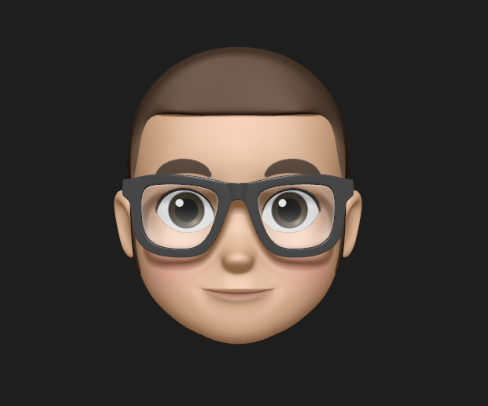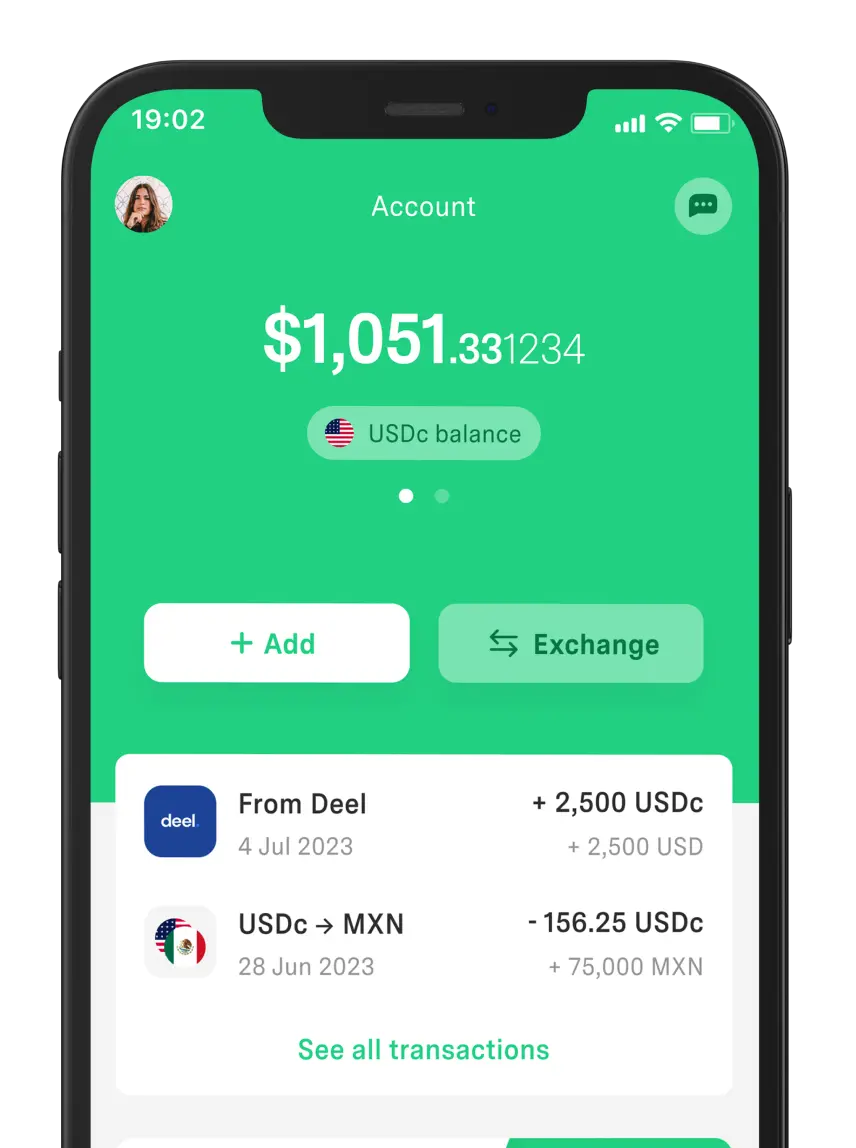 Freelancer tips
Freelancer tips Johari Window: What it is, what it’s for, and how to use it (with examples)
Struggling to understand how others see you? The Johari Window reveals what you're missing—and what you need to change now.



A virtual desktop is a cloud-based interface for working from anywhere with an internet connection.
You could say it’s a solution on the rise in an increasingly digital work world. Why? Because it’s flexible, secure, and offers operational continuity without depending on a single physical device.
To better understand what a virtual desktop is and what makes it essential for remote work and companies, read this post. You’ll find its features, benefits, limitations, and even the steps to create one.
It’s a digital workspace hosted in the cloud that you can access from any location and device with an internet connection. Its current popularity stems from the way it improves efficiency and helps you maintain productivity wherever you are.
It’s often used as a synonym for remote desktop or virtual desktop infrastructure (VDI). But while they overlap, they differ in structure and in how access is provided:
Where it runs | How it works |
Virtual desktop | In the cloud |
Remote desktop | On a physical computer |
VDI (Virtual Desktop Infrastructure) | On dedicated servers |
All three options let you connect and centralize your remote-work tools.
In corporate environments, many large organizations implement VDI, since it offers that same remote access to their employees simultaneously. That’s why the term is often associated with the concept of a virtual desktop.
In general, these are the key features and benefits it offers:
Features:
Hosted in the cloud and not dependent on a physical machine.
Accessible from anywhere and any device with internet.
Managed from a central platform, which simplifies updates and user control.
Offers high levels of security through authentication, encryption, and permission controls.
Uses virtualization technologies (like VDI or DaaS) to deliver secure, stable desktops.
Benefits:
Total mobility for remote work without losing access to your data.
Enhanced security against device failures or theft, keeping files in the cloud.
Cost savings on maintenance and workstation refresh cycles.
Flexible scalability, allowing you to increase or decrease the number of users quickly.
Continuous productivity if a device fails.
Efficient collaboration by easing teamwork and shared access to tools for building timelines or managing projects.
Virtual desktops also make day-to-day work more organized and help you stay focused on concrete goals—combining flexibility with high levels of security to protect data and applications.
Rolling out a cloud desktop also comes with limitations or downsides:
Internet dependency. The connection must be stable to run smoothly; with a slow or spotty network, performance can suffer.
Recurring costs. Advanced plans or higher capacity can mean monthly or per-user charges that exceed a local installation.
Initial training. Getting comfortable with the virtual environment and access policies can take time for beginners.
Customization limits. Some Desktop as a Service (DaaS) providers restrict installing software or modifying the base environment.
Even so, virtual desktops remain a practical, secure solution thanks to their flexibility.
Virtual desktops are versatile and apply in scenarios where mobility and digital security are essential.
Main uses and examples:
Remote work and home office. You can sign in to your virtual desktop from home and use the same corporate programs you have at the office.
Freelancers and remote or hybrid teams. As a designer, you could run heavy editing software hosted in the cloud without relying on a powerful local device.
Small and medium businesses. An SMB can provide remote access to billing tools or commercial management without maintaining local servers.
Education and online training. Design students can access specialized software like Adobe Illustrator or use sites like Canva to make infographics—without installing anything on their personal computers.
Software administration and security in companies. An IT department can update programs, add users, or apply security policies to all desktops from a single console.
From remote work to education, using a virtual desktop is a practical way to stay productive regardless of location.
First thing: to create a virtual desktop, you need a DaaS provider. In simple terms, that’s a service offering ready-to-use desktops.
There are many—Azure Virtual Desktop, Amazon WorkSpaces, Google Cloud, Citrix DaaS, etc. Any of them provides the entire infrastructure so you can work from any device without worrying about installation or technical upkeep.
In general, the steps to open your virtual desktop are:
Define your needs.
Choose a DaaS provider.
Create an account and set up credentials.
Define users and permissions.
Create the base desktop image.
Allocate resources (CPU, memory, and storage).
Assign users to the desktop.
Access from your laptop, tablet, or smartphone.
Step 1. Decide how many users will use it, what programs they’ll need, and whether it’s for remote, hybrid, or educational work.
Step 2. Compare pricing, features, connection performance, OS type, and support level to choose a provider. Some offer trials.
Step 3. Sign up with the provider, create secure admin credentials, and enable multi-factor authentication (MFA) if available.
Step 4. Add the users who’ll have access to the virtual desktop and assign roles based on function (e.g., admin, editor, read-only).
Step 5. Choose the operating system, install the required apps, and save the configuration as a “template” or base image.
Step 6. Determine how much RAM, storage, and how many virtual CPUs each user or group needs. This depends on the type of work they do.
Step 7. Link users to the base image or to available desktops in the provider.
Step 8. Download the provider’s official client or access via the web browser. From there, you can open your workspace on any internet-connected device.
Also, if you want to boost productivity inside your virtual desktop, consider integrating AI-powered tools. This lets you automate tasks and enhance creativity.
Virtual desktops represent an evolution in how we work, improving security and optimizing resources. Besides being accessible and secure, they’re ready to integrate new cloud technologies. As remote and hybrid environments solidify, they’re becoming the foundation of digital work.
They also tend to be more cost-effective than maintaining physical workstations. That’s one reason companies are moving toward DaaS models, according to TechRadar analyses.
Looking for solutions to centralize and simplify your finances?
In that case, DolarApp is an ally to consider—especially for managing international currencies—since we work with USDc and EURc via digital accounts.
As soon as you activate your digital account, you can send or receive USDc/EURc with ease. No matter the amount, only a standard fee is charged: 3 USDc/EURc per transaction.
We also offer a competitive exchange rate for buying and selling currencies.
The main difference is that a virtual desktop runs on cloud servers. A remote desktop, by contrast, depends on a physical computer that must be powered on to access programs and files.
Yes. Virtual desktops feature data encryption, multi-factor authentication, and access controls. They typically protect information and reduce the risk of loss or theft.
Yes. You can use it on computers, tablets, or smartphones. You only need a solid internet connection and the browser or official app from your chosen virtual desktop provider.
It depends on the provider, usage, and capacity. Options like Amazon WorkSpaces or Google Cloud offer monthly or hourly plans, typically billed per user and resource tier.
Sources:

Los países tienen fronteras. Tus finanzas, ya no.
 Freelancer tips
Freelancer tips Struggling to understand how others see you? The Johari Window reveals what you're missing—and what you need to change now.

 Freelancer tips
Freelancer tips Learn how to calculate the severance pay in Mexico, either for termination of contract or dismissal (liquidation). We explain the step-by-step

 Freelancer tips
Freelancer tips Learn how to stop procrastinating by putting these proven strategies and tips into practice so you can be productive again and focus on what matters.


